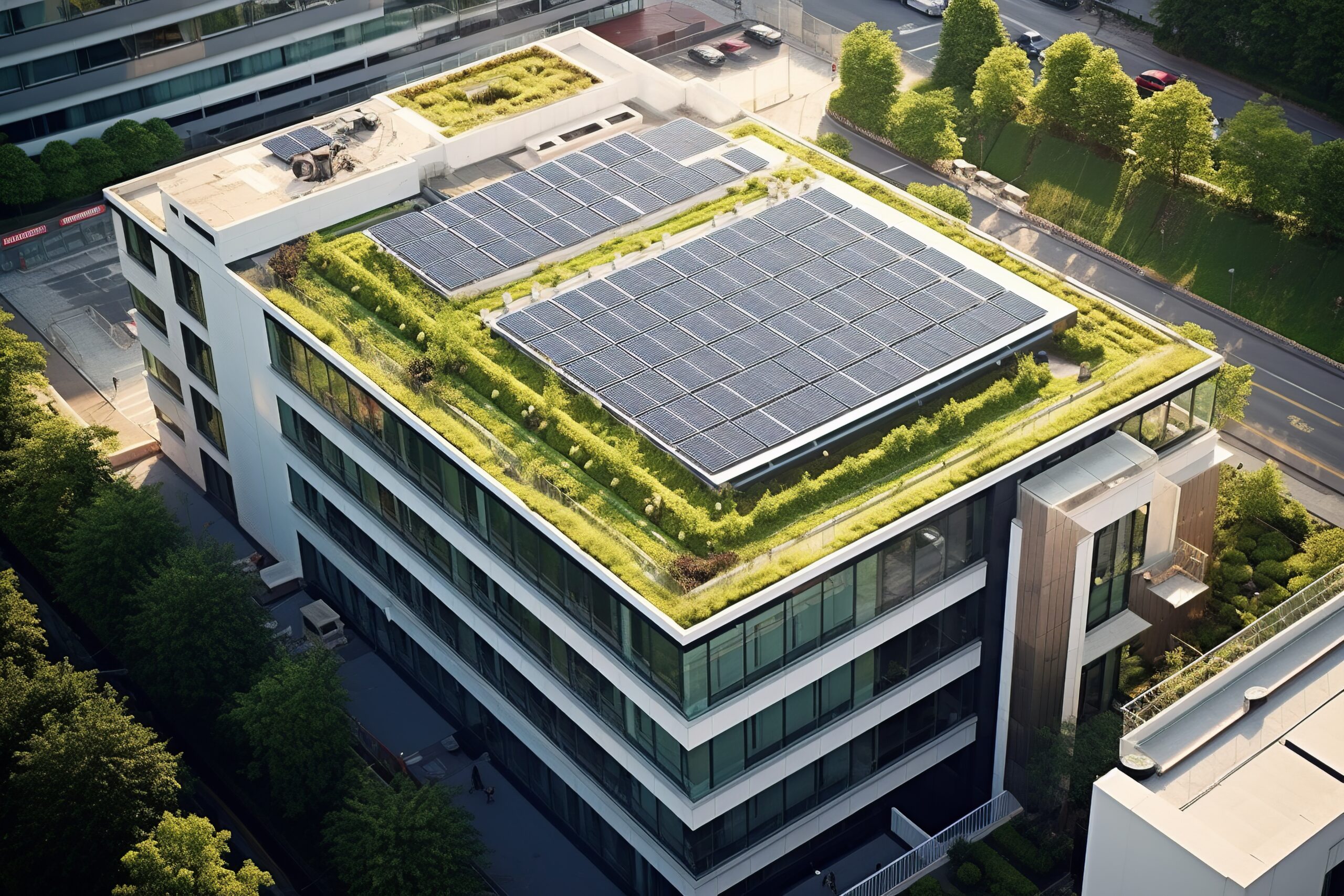
5G applications in industrial and business settings
Despite 5G frequency allocation being held back by the world health crisis, industrial companies have started preparing to adopt the new network, with some even developing facilities in readiness for the potential of 5G in Industry 4.0[1]. Working together with telecoms equipment providers, industrial companies are gradually leveraging this new technology to optimise their production lines, hoping to achieve greater efficiency, flexibility, and security.
Connectivity challenges are perceived by almost half of industrial companies as a limiting factor to their digital transformation[2], and so the advent of 5G has clearly reshuffled the deck, opening the way to greater versatility. We take a look at different applications enabled by this fifth-generation technology, set to be a real game changer for the industrial sector.
5G – a key enabler of digital transformation in Industry 4.0
Many industrial companies see the arrival of 5G as the second technological revolution, critical to their digital transformation. The new frequencies herald significant advances in both operational and financial terms. As evidenced by the fact that operators have been quick to bid on this new technology[3], keen to work alongside and nurture industrial companies in their digital transition.
Something of a technological revolution for many industrial companies, 5G far exceeds the performance of 4G with speeds between 10 and 100 times faster[4]. Designed to significantly reduce latency, a 5G-enabled network can also support simultaneous connections from high volumes of devices. A highly significant detail in the race to digitization. Even with many industrial companies yet to upgrade, some are already making the shift to 5G, seeking to develop automated facilities and drive the sector forward.
Optimized productivity and reduced costs: the promise of 5G
In the automotive industry, these new frequencies open up the possibility of wireless connectivity for automated guided vehicles (AGV), which carry auto parts to different workshops and schedule their own itineraries according to need. Fully equipped with sensors that detect obstacles and navigate authorised zones, these vehicles, with a top speed of 12 mph, will now transition from wired to wireless. Robot operators use 3D screens to collect data in real time to monitor their operation. An enabler that has already proved itself in one particular German factory[5], reporting a 25% increase in productivity compared to its 4G production lines. And with increased efficiency comes a reduction in costs and carbon footprint.
Away from the 5G innovations across the border in Germany, the very first 5G factory in France[6] was unveiled in September 2020, a joint project with telecoms operator Orange. With five 5G antennas installed, the aim of this pilot project is to trial two use cases: augmented reality applied to maintenance technician activities and the implementation of a mobile telepresence robot for remote site visits. This will help minimise travel time and costs and reduce the associated carbon footprint.
Emerging applications
Integrated within infrastructures and automated logistics platforms, 5G also supports new smart applications[7]. In 2019, a smart harbour was developed in China, using automation to operate cranes from a remote control centre. This technology could save the port operating company 70% in labour-related costs.
Another possible application for 5G is the optimization of remote repair and maintenance. In this case, 5G-enabled virtual reality headsets are worn by technicians, with faults easier to manage through predictive maintenance. Technicians could also receive virtual assistance from specialist colleagues.
Although 5G is still the subject of debate, this emerging technology is clearly a tool of the future in Industry 4.0. According to Gilles Babinet, renowned advisor on digital issues, 90% of use cases for 5G will be in professional applications. “This technology will support a new world of smart factories”. An optimistic viewpoint shared by the largest European corporate groups, with two thirds ready to embrace 5G within the next three years (Capgemini survey findings). And with this fifth generation newly launched, the European Union has already commissioned a research initiative into 6G[8], with a potential throughput up to 50 times greater than its predecessor. Set to further revolutionize connectivity in the industrial sector.
[1] https://www.industrie-techno.com/article/dossier-la-5g-propulsera-l-industrie-4-0-au-niveau-superieur-clame-andreas-muller-president-de-la-5g-acia.58996 (in French)
[2] https://www.capgemini.com/us-en/news/industry-wants-to-leverage-the-5g-revolution-but-barriers-remain-according-to-capgemini-report/
[3] https://www.numerama.com/tech/651985-encheres-5g-ou-en-sont-les-operateurs-dans-lachat-de-nouvelles-frequences.html (in French)
[4] https://itsocial.fr/enjeux-it/enjeux-infrastructure/reseaux/5g-industrie-transformation-numerique-innovation-competitivite/
[5] https://www.usinenouvelle.com/editorial/video-mercedes-benz-se-dote-d-une-usine-high-tech-factory-56-pour-assembler-la-nouvelle-classe-s.N1004414 (in French)
[6]https://www.orange.com/en/newsroom/press-releases/2020/orange-and-schneider-electric-run-industrial-5g-trials-french-factory
[7] https://www.usinenouvelle.com/editorial/derriere-les-promesses-de-la-5g-quelles-applications-concretes-sont-deja-deployees.N1005919 (in French)
[8] https://www.lesechos.fr/tech-medias/hightech/leurope-donne-le-coup-denvoi-de-la-6g-1278447 (in French)

